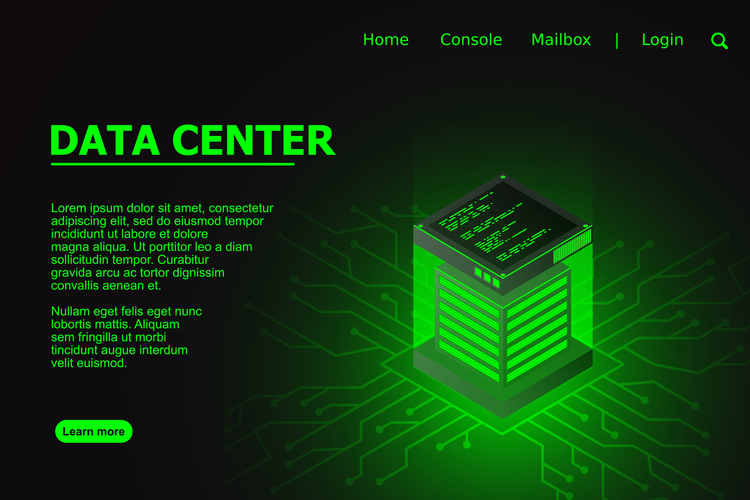This simplified, democratized model has alleviated the bottlenecks common to more traditional approaches. Building a platform for integration is not new to CIBC, which has thousands of highly reusable web services running across its platform. But the team recognized that the current SOA-based model is being replaced by a next-gen architecture—one based on REST-ful APIs combined with a microservices architecture. In the real world, middleware tools normally offer more than one means of connecting applications. For example, in addition to providing API-based integration, they would allow you to connect applications via file sharing. Therefore, an API integration platform, according to its narrow definition, rarely exists today.
- Essentially, this refers to API connectivity and usage from database to end user.
- An application programming interface (API) is a set of rules and protocols that allows different software applications to communicate with each other.
- With the objectives of the project, we might not need to touch some of the existing systems in the enterprise, or we might need to think about future expansions and select an integration vendor based on that information as well.
- It will also enable reuse of APIs, which drives better Return on Investment (ROI) for API development.
- Much of the process of building APIs can be automated using tools that allow import of API definition files.
In this scenario, you can provide APIs that share new clients and provide details around the sale (e.g. the plan they purchased). Your partners can then connect these endpoints with their own internal system(s), allowing them to quickly become aware of the clients they need to reach out to and how they need to support them. For most companies, APIs are used in nearly every business process — from marketing and sales to communication and consumer-facing applications, which means that APIs can impact every part of your business positively or negatively. API first reduces the risk of failure by ensuring that APIs are reliable, consistent, and easy for developers to use. Building and implementing an API is no longer sufficient to ensure your business reaps benefits from APIs.
Connect with customers
Preparing, both strategically and culturally, to create and consume APIs is key to achieving business agility, unlocking new value in existing assets, and accelerating the process of delivering new ideas to the market. When a development team wants to build a new app, they don’t have to start from scratch which is time-consuming and costly. API-first design also allows most problems to be solved before any code is even written which helps prevent problems when it is time to integrate APIs with applications. Far too many companies measure the success of their API strategy using vanity metrics—number of developers or number of API calls. They track the effectiveness of their API strategy diligently and holistically.
External APIs need strict rate limiting and monitoring for signs of Denial of Service (DoS) attacks and other threats. The structure of the API itself should be subject to security review and policies, e.g., making sure that an external user cannot access sensitive data through the API. The new approach should follow a distinct thought process about the API’s purpose and desired functionality for the end user. How will he or she use the application for which this API is being created? Once you have determined the user’s intended experience, you can look at where the required functionality comes from. It’s worth keeping in mind that the user might be a partner firm, rather than a consumer.
Analytics and Performance Optimization
The application programming interface (API) defines available interactions between pieces of separate and distinct software to request and present services, all without them actually knowing anything about the other. This layer of abstraction enables simple execution of complex interactions. Cloud would have likely been an afterthought, mobile would database and API integration not be in the picture, and AI and the IoT were more science fiction than enterprise reality. A lot has changed in the last 15 years, and enterprise IT will continue to evolve significantly in the future. A good API integration strategy should have future-proofed protocols spelling out how new technology and solutions will be brought into the fold.
There are a variety of vendor solutions for developing and managing APIs available in the market today. However, the API market is evolving, with some vendors focusing on specific aspects of APIs like design, testing, monitoring, security, portals and ecosystem management. It receives API calls, moves them to the appropriate API, receives the response and forwards it to the calling software. With an API gateway, a business can see and control a broad scope of APIs and integrations centrally, rather than attempt to track and manage APIs individually within the environment. API gateways typically include monitoring and logging capabilities to record and analyze calls and responses in order to ensure security and evaluate errors. An API’s interoperability and ability to add value translates into a superior user experience, customer satisfaction and support.
Build an API Strategy and a Profitable Digital Ecosystem
Web APIs have been around for nearly 20 years, but it is only in the past few years that the concept of “API first” has gained traction with software teams. The number of developers taking an API-first approach to building products is rising. So today we thought we would introduce you to the concept of API first and why this approach is growing in prominence. The team then prioritized those opportunities that would deliver the most near-term impact, given existing capabilities. That data-driven approach gave the bank greater mission clarity and built momentum for the API program.

Determine available resources by checking software licenses and tools, and conducting a thorough inventory. This inventory can inform the type of API integration strategy needed later. Finally, API management platforms have evolved to complement the core messaging, middleware, and service bus offerings from yesteryear.
What Is an API Strategy? (+ Why You Should Have One)
APIs are smaller and easier to update or modify than fully developed applications, which allows API providers to respond quickly to changing customer needs or new business opportunities with new or enhanced API offerings. Organizations of any size or experience with software development can build and enhance the business in ways that would be impossible with traditional proprietary software development. Today’s API imperative is part of a broader move by the enterprise to open architectures—exposing data, services, and transactions in order to build new products and offerings and also to enable more efficient, newer business models. But this expansion of channels inherently increases the permeability of an organization’s network, which can create new seams and a broader attack surface that can be exploited as a result of new vulnerabilities. The first step was application rationalization, which leaders positioned as an enterprise-wide business initiative.

Similarly, American Express uses its Pay with Points APIs to create mutually beneficial partnerships with merchants, arrangements that have increased retail sales, card spend, and brand loyalty. Once you’ve established a clear business goal, the next step is to build out an API program with business use cases and figure out which data you need to share to achieve that goal. At least 75% of participants reported that developers at API-first companies were more productive and happy. A vast majority of API consumers are developers, so developer experience (DX) can aid or hinder the success of your APIs. Being API-first results in consistent APIs, which means it’s easier to troubleshoot and onboard new developers. Highlighting customers and partners who have transformed their organizations with SnapLogic.
Solutions
According to research by Apigee, successful companies differ from lower performers in that they clearly define and measure a combination of business success metrics. These include revenue and consumption metrics such as the number of developer calls. According to the 2018 State of API Integration Report, improved documentation represents the second most common customer request. The best companies are laser-focused on ensuring documentation is accurate, up-to-date, and easy to digest. They also establish channels that allow users to point out mistakes and ask questions.

More specifically, using the software, you can program a software bot to copy the activities a person takes in performing a specific task (e.g. keying in data). Workato, the leader in enterprise automation, allows your team to integrate SaaS apps, on-prem systems, databases, etc. AND https://www.globalcloudteam.com/ build end-to-end automations across core processes without writing a single line of code. For example, let’s say that you rely on partners to advise and support clients. Let’s also assume that your middleware tool can provide API management capabilities (which isn’t always the case).
